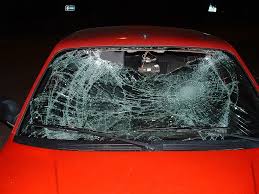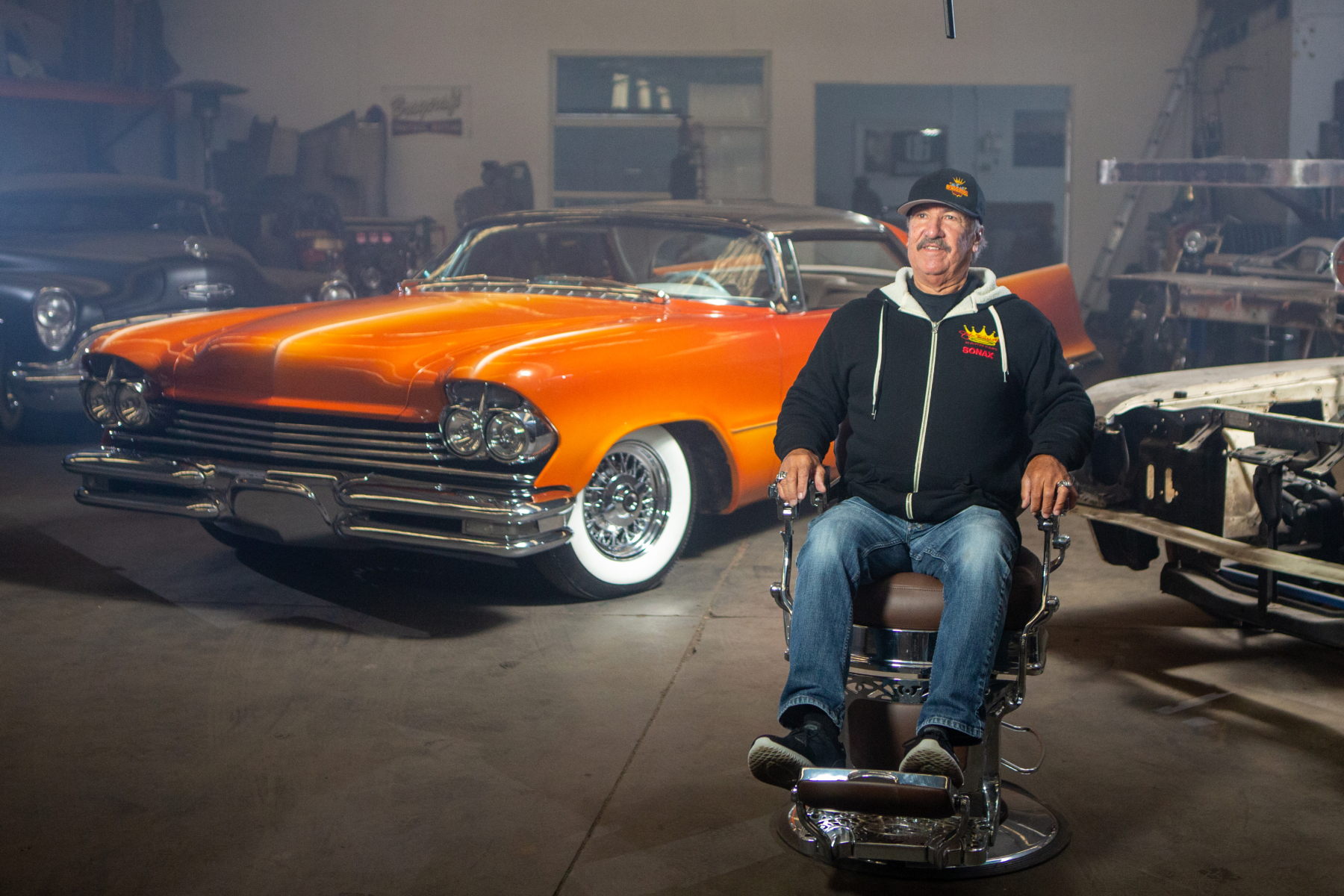

Back when many of the cars Enthusiast now insures were new, a broken windscreen could be a life-threatening event. Very early automobiles didn’t come with a windscreen at all and later when they did the material was similar to that used in house windows; easily broken, sharp and deadly.
Ford pioneered the use of a ‘tempered’ vehicle glass which shattered into smaller, less dangerous elements. However, the broken windscreen became opaque, obliging the driver to punch a hole through the shattered glass in order to see and bring the vehicle safely to a stop.
After that came the onerous task of sweeping, vacuuming and picking small and still quite sharp chunks of glass from the footwells, under seats and down the demister vents.
By the 1960s, laminated glass was becoming a feature of high-end prestige and performance cars. The ‘laminate’ sandwiched a thin sheet of vinyl between two layers of glass. A small rock hitting the outer layer would produce a chip but not shatter the ‘screen or make it opaque. A larger impact could punch a hole through the windscreen but it would remain in one piece and rarely collapse completely into the vehicle.
Glass, be it laminated or tempered, played a role in vehicle strength as well. If a car rolls the front and rear windscreens help keep the roof pillars in place and protect occupants from the serious injury that would result from the roof being crushed to seat level.
One of the most frequent functions of your car insurance provider is arranging repair or replacement for damaged windscreens or other window glass. Specialists such as Enthusiast Insurance www.enthusiast.com.au will offer ‘excess-free’ replacement of the front, side or rear glass (usually one claim annually) on older vehicles and optional glass cover on later models.
Where cars are newer and used more frequently, an extra premium applies and there may be a maximum claim cost before an excess is applied. Normally a windscreen can be replaced for under $1000 but in some vehicles it is a complex item and integral to the on-board information system.
Vehicles with a ‘Heads Up Display’ or HUD projected the vehicle’s speed, temperature and other information onto the windscreen. They could also be used in conjunction with rain-sensing wipers and light-sensing headlight dipping. The cost of replacing the HUD screen in a late-model Chevrolet Corvette is around three times the price of a standard ‘screen and new ones are unlikely to be kept in stock by Australian glass suppliers.
Even harder to find are genuine HUD windscreens for older Japanese models. Various models from Nissan, Mazda and Toyota used the technology and replacements can be very hard to source. Some today make do with a standard replacement windscreen and a strip of window tint material where the reflective section sits on a factory windscreen.
When installing a replacement windscreen, especially in an older vehicle, plan to replace the rubber surround as well to prevent water sneaking into the cabin. While the glass is out, check the window aperture for rust.

